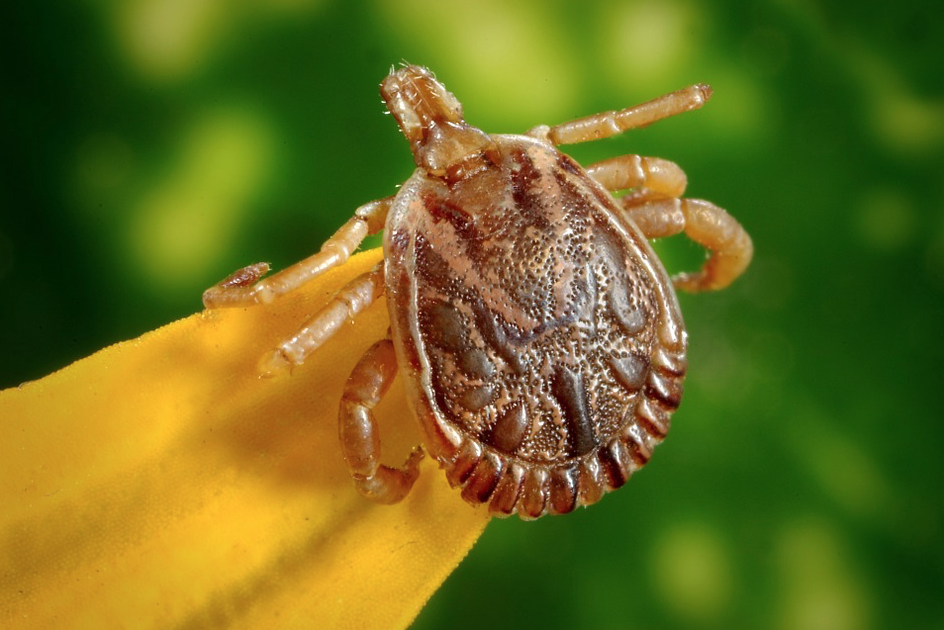A recent study has found that when confined in a box with a tick, a tick is more likely to gravitate towards a human than a dog.
The study was conducted using ticks that have the deadly Rocky Mountain spotted fever (RMSF) disease, and ticks with this disease are twice as likely to prefer biting humans than dogs, especially when temperatures are higher.
The study was presented at the annual meeting of the American Society of Tropical Medicine and Hygiene (ASTMH). It made its findings by observing the presence of a tick by allowing it to scuttle up a tube and choose between a person and a dog for the purpose of feeding.
When the temperature in the lab was raised from 23.3°C to 37.8°C, a tropical lineage tick or “brown dog” tick, seemed to be particularly likely to shift its preference from a dog to a human.
“Our work indicates that when the weather gets hot, we should be much more vigilant for infections of RMSF in humans,” said Laura Backus, who led the study at the University of California, Davis School of Veterinary Medicine. “We found that when temperatures rose from about 74F (23.3°C) to 100F (37.8°C), brown dog ticks that carry the disease were 2.5 times more likely to prefer humans over dogs.”
There is growing concern over the risk of tick-borne diseases, including Lyme disease. This is a potentially debilitating condition that is primarily transmitted by black-legged ticks.
Cases of RMSF and other related diseases, known as spotted fever rickettsiosis, have risen dramatically over the last two decades. The disease is treatable with antibiotics if detected in the first week of infection but, if left untreated, the fatality rate can exceed one in five.
Tropical lineage brown dog ticks can be found across the southern US states such as Arizona, Florida and southern California. They are expected to move northward as climate change causes average temperatures to rise.
“The findings from the use of this simple but effective laboratory experiment to gauge how rising temperatures might lead to more human infections with a very dangerous tick-borne pathogen adds to the growing evidence of the increasing connection between climate change and its impact on health,” said Joel Breman, the president of ASTMH. “Climate change is moving so quickly that it is critical to keep pace with the many ways it may alter and intensify the risk of a wide range of infectious diseases so we are better prepared to diagnose, treat and prevent them.”
Picture: Pixabay

